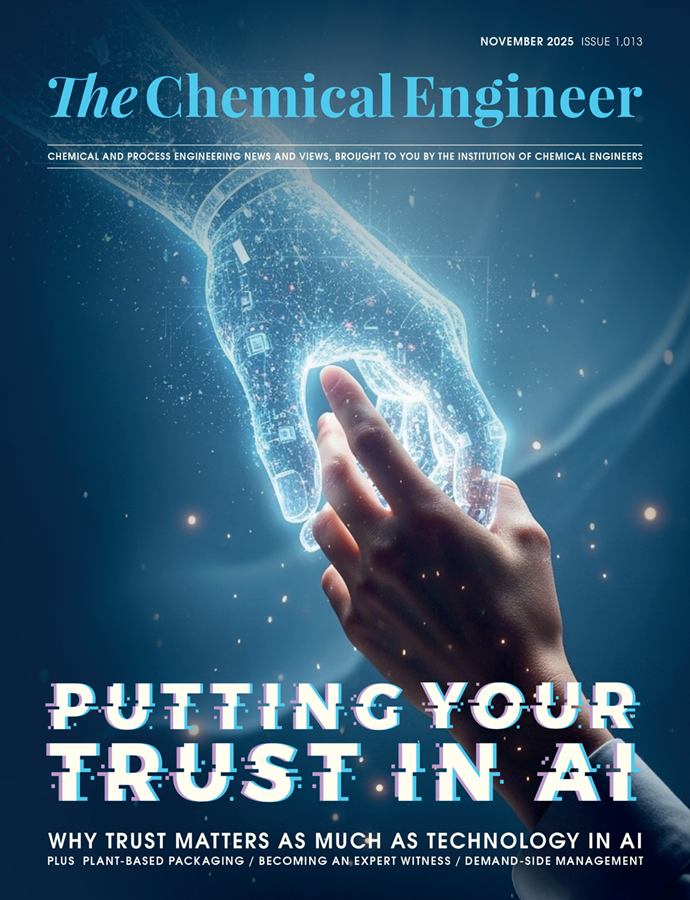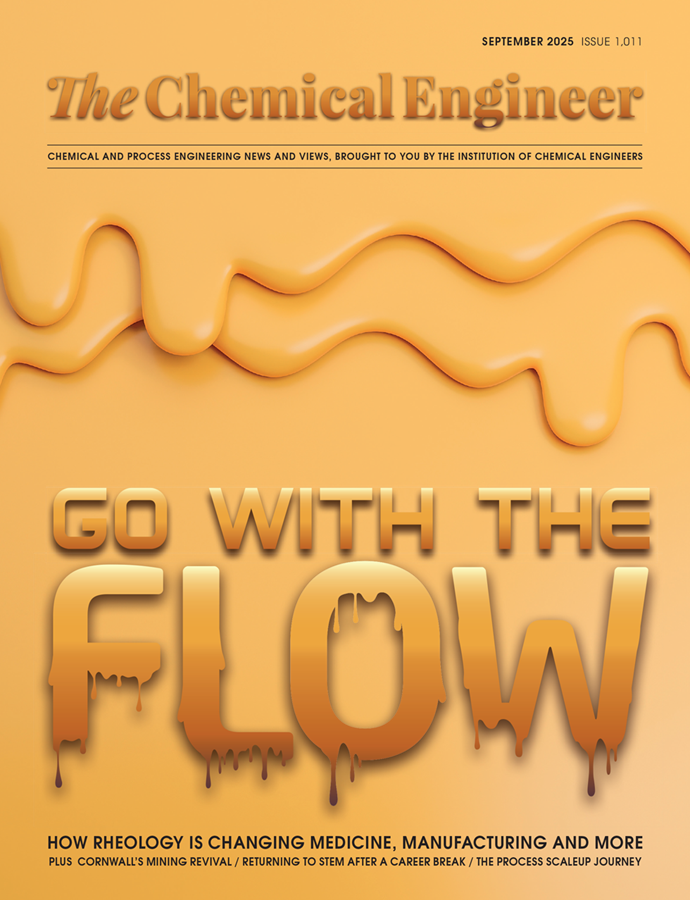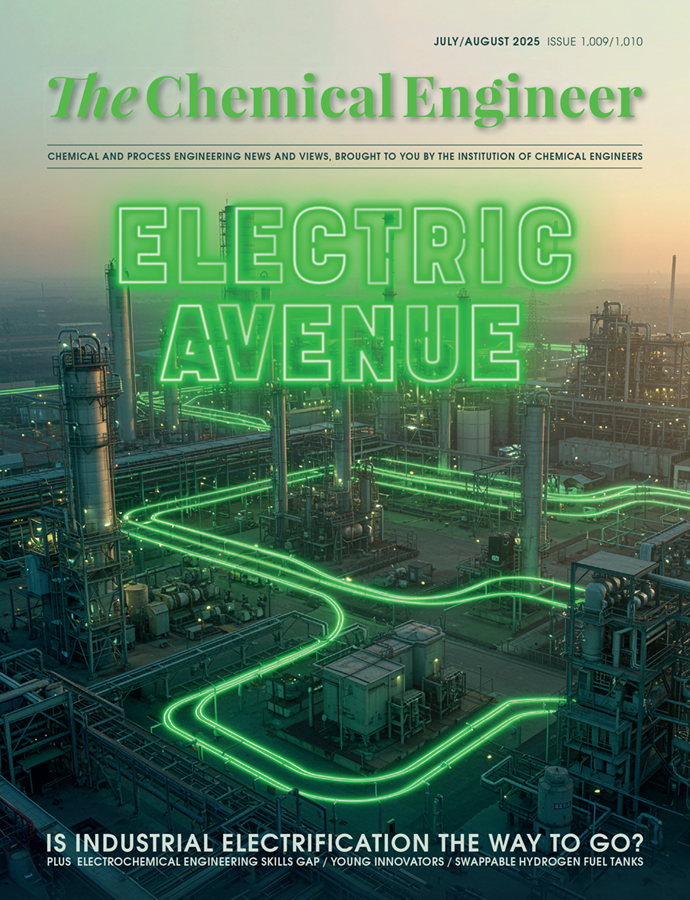STAX Engineering brings Californian capture and control technology to UK ports

CALIFORNIA cleantech STAX Engineering is set to bring its innovative emissions control and capture technology for maritime vessels to the UK, following a £1.1m (US$1.5m) government grant.
STAX is expanding its partnership with UK carbon capture startup Seabound to develop an integrated solution aimed at reducing air pollutants and CO2 emissions from the shipping sector. Together, they will collaborate on the Southampton-based PortZero project.
In partnership with Associated British Ports (ABP) and lomarlabs, PortZero will target emissions reduction from berthed vessels – making Southampton the first UK port to deploy a system that captures both CO2 and air pollutants directly from docked ships.
Mike Walker, the CEO of STAX Engineering, said: “Around 20% of emissions produced by a vessel is from when it is berthed. This is low-hanging fruit for carbon capture, and we should take advantage”
The maritime sector is responsible for 3% of human-made greenhouse gas emissions and air pollutants nitrogen oxides (NOx) and sulfur oxides (SOx). Emissions are heavily concentrated in port areas, which contribute up to 15% of the sector’s total output.
Integrated technology
STAX launched in 2024 and specialises in barge-based capture and control systems that filter nitrogen oxides (NOₓ), sulfur oxides (SOₓ), reactive organic gases, diesel particulates and other airborne pollutants from vessel exhaust. The process produces a purified gas stream composed primarily of CO2 and water vapour. The system – equipped with two filtering ducts – can remove up to 99% of particulate matter and 95% of NOx from exhausts.
Walker sees STAX’s system as a cost-effective alternative to shore power – a complex and expensive method of supplying docked ships with electricity so they can shut down their engines and stop burning fuel.
Walker explains: “Shore power is an elegant solution that can plug right into a ship and produce zero emissions on that side of it. But it has challenges – it is costly, it takes a long time to deploy and the grid capacity out there is not capable of supporting it.”
STAX says its system is modular and can attach to the exhaust pipe of any vessel. Walker describes the technology as agnostic, with the system easily integrating into Seabound’s onboard carbon capture unit, which isolates up to 95% of CO2 and 90% of sulfur from the purified gas. Following successful trials of their integrated technology in Long Beach, California earlier this year, the team is now moving toward commercialisation – marked by a new partnership with Japanese shipping giant NYK Line.
Seabound itself has found success in its carbon capture unit, having worked with Hartmann Group, InterMaritime Group and Heidelberg Materials to capture CO2 from a 5,700 t cement carrier, the UBC Cork, and store it as limestone to produce cement at the Heidelberg Brevik plant.
West coast air
STAX is the only emission control system approved by the California Air Resource Board (CARB), the agency behind the 2020 At Berth Regulation designed to curb pollution from vessels docked at California ports.
The regulation allows the CARB to impose fines of up to US$37,500 on vessels, including carriers and container ships, which do not comply with emission reduction standards.
With this financial incentive, Walker says that ship operators are keen to invest in capture and control solutions as “there is no alternative”. He believes the regulation could be adapted for Europe, and that the PortZero project can help incentivise wider deployment of capture and control technologies across European ports.
He says: “We need to show that this technology is commercially viable. And that's why trials like [PortZero] in the UK, and the ones we did in the United States, are so important because it helps us figure out what that cost structure is going to be for ship operators and what future regulation will look like.”
Recent Editions
Catch up on the latest news, views and jobs from The Chemical Engineer. Below are the four latest issues. View a wider selection of the archive from within the Magazine section of this site.




